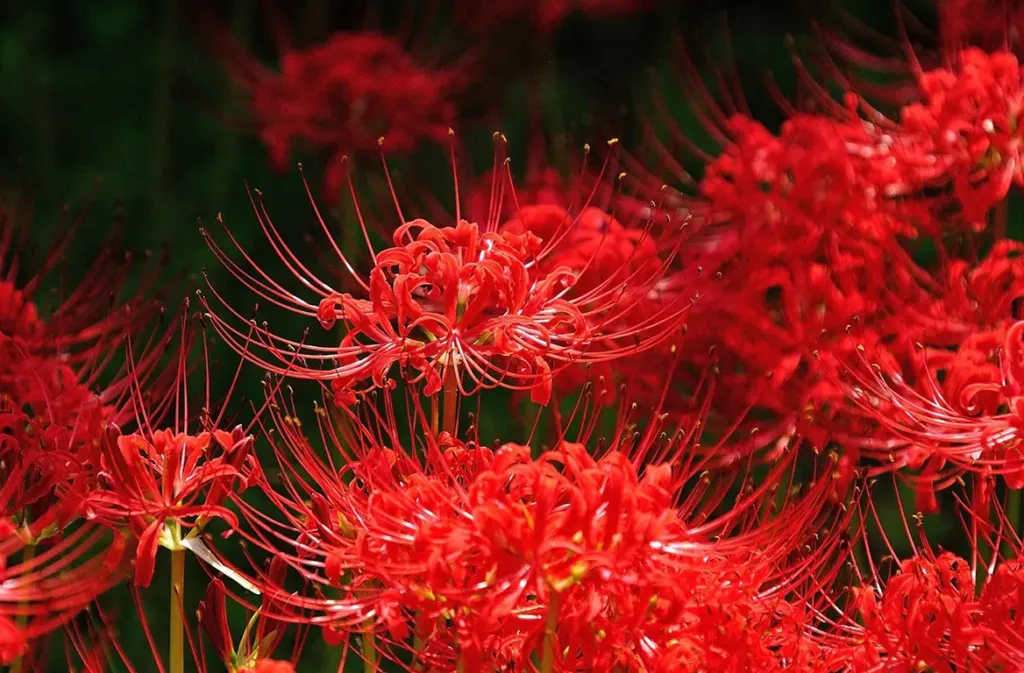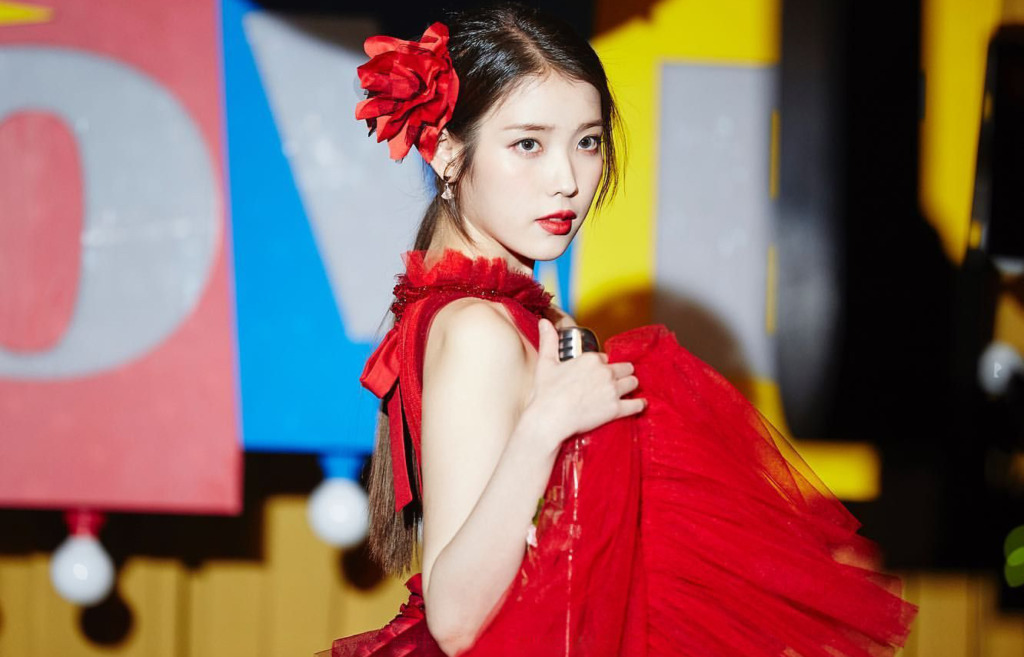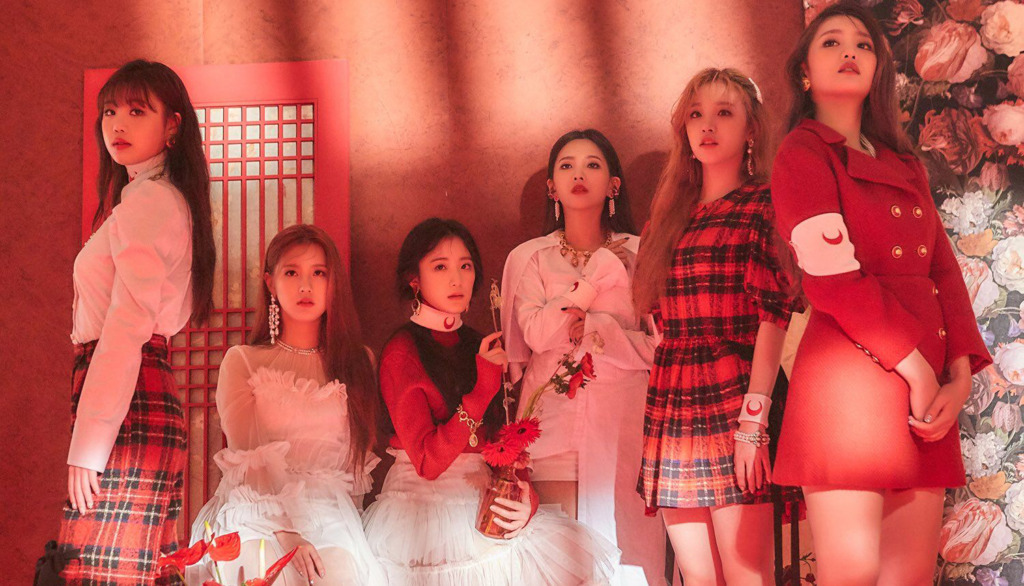The red spider lily — also known as Manjusaka — has become a recurring visual motif in many K-pop music videos and stage concepts since the early 2010s. Often linked to themes of death, suppressed memories, and broken relationships, this flower carries deep symbolic weight, especially in projects leaning into the supernatural or surreal.
Origins of the Red Spider Lily
In Japanese folklore, the red spider lily (higanbana) blooms thick around graveyards during the fall, particularly around the autumnal equinox — a time believed to blur the boundary between life and death. In Chinese legend, the tale of Manzhu and Sahua tells of two spirits eternally cursed to be apart, turning the flower into a haunting emblem of love that can never be reunited. In Korea, the lily appears in folk paintings, historical dramas, and funeral rituals, symbolizing permanent separation or irreversible loss.

With its spider-leg-like petals — thin, curled, and long — this flower is often called the “spider flower” in folk culture. The unique structure of clustered blossoms and long, wiry stamens creates a ghostly, web-like shape, almost too delicate for this world.
Symbolism in K-Pop
In K-pop, the red spider lily isn’t just set dressing. It’s a psychological trigger, a visual metaphor that speaks to instability, emotional isolation, and a destiny gone sideways. You’ll find it in music videos steeped in fantasy, horror, or mysticism — always doing more than just looking pretty.
From IU (Lee Ji-eun) to (G)I-DLE to Dreamcatcher, the flower acts like a silent narrator, hinting at the cost of bad decisions, the weight of grief, or the fracturing of self from reality. It’s not just moody — it’s loaded.
IU – “The Red Shoes”

In her 2013 MV The Red Shoes, released by LOEN Entertainment, IU plays an artist seduced into an illusionary world by a pair of red shoes — a haunting nod to the Hans Christian Andersen tale. While red spider lilies never appear directly, their spirit lingers in the blood-red hues and themes of psychological entrapment. The storyline follows a woman losing herself between creative obsession and bone-deep loneliness. Visually, the MV feels like whiplash — flipping between real and unreal, life and death — tightening like a noose around the viewer.
i-dle – The Fall and the Pushback
In the MV Oh My God (2020) and their stage performance on Mnet’s Queendom, i-dle leans into the red spider lily to paint a descent into temptation — and the raw defiance that follows. Falling petals, harsh red lighting, and bondage imagery mirror the push-pull between guilt and rebirth. On stage, the flower becomes a bold statement: this isn’t just a crisis of faith — it’s a scream for reinvention.

It’s that moment when a character says: “Screw the old rules — I’m rewriting my own scripture.” No cap, it hits hard.
The Cultural Aftershock
The red spider lily doesn’t stop at K-pop. It’s shown up in Japanese anime like Jigoku Shoujo (Studio DEEN, 2005), Korean horror classics like A Tale of Two Sisters (Kim Jee-woon, 2003), and even French cinema with L’Autre Monde (2010). It’s a globally recognized symbol of that creepy, liminal space where life meets death, where beauty starts to rot. In fashion, the motif reappears as blood-red tones and spiraled floral designs — mixing destruction with elegance.
Stage designers, choreographers, and MV directors continue to use the red spider lily as a visual tool — part seduction, part sorrow, part spiritual breakdown. It’s the flower of no return. When you see it, you know someone’s about to get wrecked emotionally — usually a woman caught in a psychological tug-of-war, shackled by a choice she can’t undo.
Deadass — the red spider lily isn’t just a flower in K-pop. It’s a warning. A vibe. A whole damn mood.